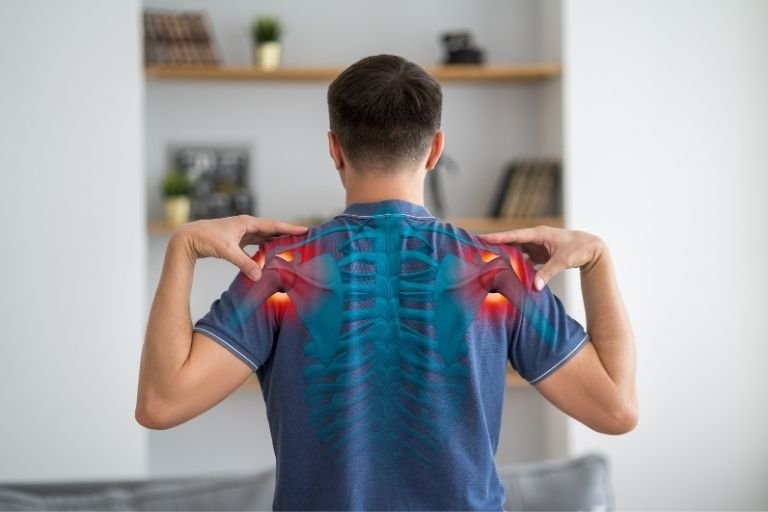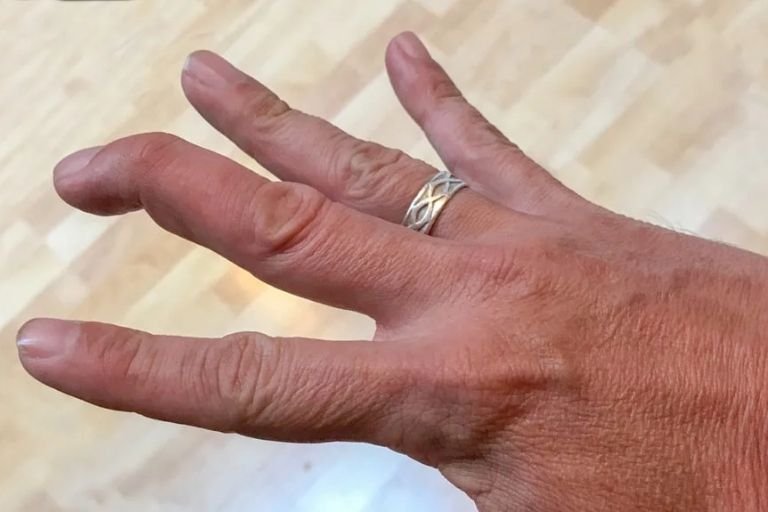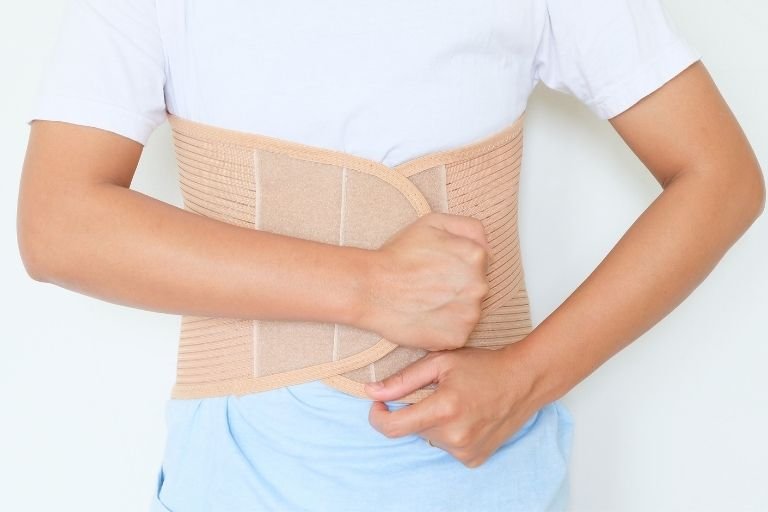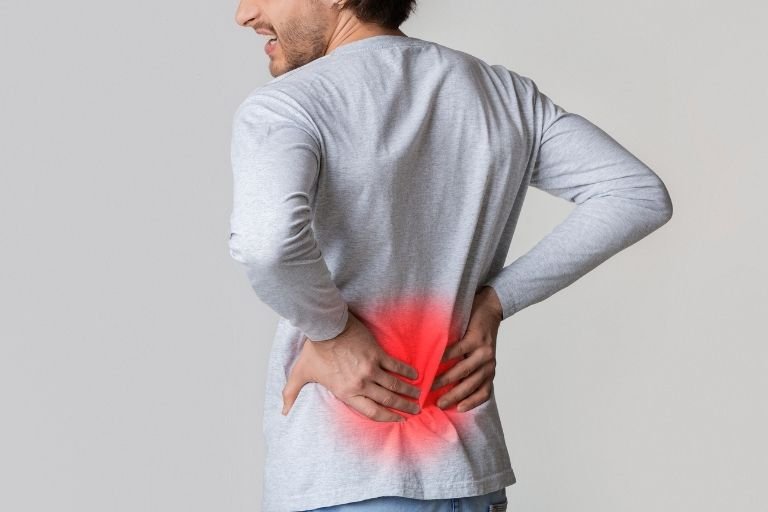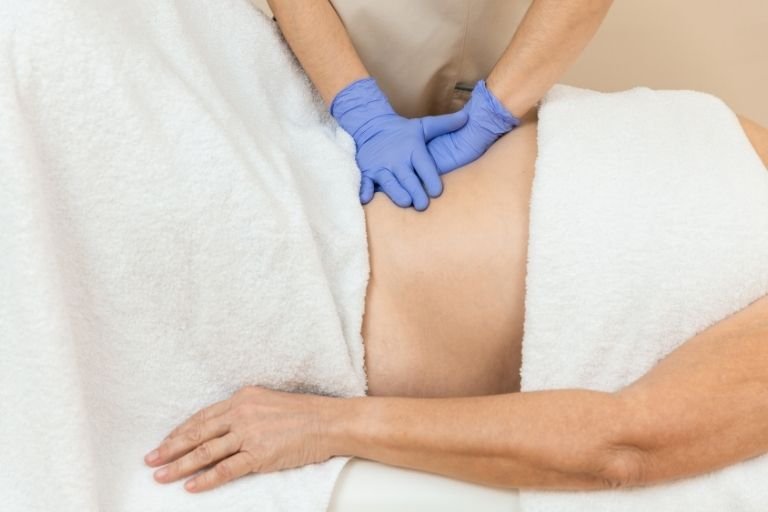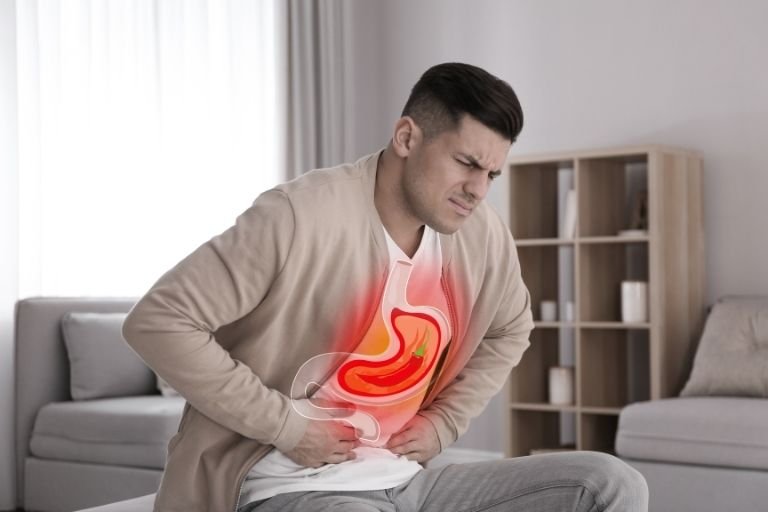- Fitwell Physiotherapy
Trigger Finger

Trigger finger, also known as stenosing tenosynovitis, is a condition where one of your fingers gets stuck in a bent position and then straightens with a snap – like a trigger being pulled and released. This condition can be painful and can affect your ability to perform everyday tasks involving your hands.
Please submit your details below.
Symptoms
- Finger Stiffness: You may experience stiffness in the affected finger, especially in the morning.
- Clicking Sensation: When you try to straighten or bend the finger, you may feel a clicking or popping sensation.
- Pain and Tenderness: Pain and tenderness at the base of the affected finger or thumb.
- Difficulty Straightening: Difficulty in straightening the finger, especially after prolonged periods of rest.
Causes:
The primary cause of trigger finger is the inflammation of the tendon sheath, which surrounds the tendon that helps in the movement of the finger. This inflammation can be due to:
- Repetitive gripping motions
- Overuse of the fingers or thumbs
- Conditions like rheumatoid arthritis
- Diabetes
When to See a Physiotherapist:
It’s advisable to see a physiotherapist if you experience persistent symptoms of trigger finger that interfere with your daily activities. Additionally, if the condition doesn’t improve with home remedies or if you experience severe pain, swelling, or redness, seeking medical attention is recommended.
Risks:
If left untreated, trigger finger can lead to complications such as:
- Permanent Finger Stiffness: Prolonged inflammation can lead to permanent stiffness in the affected finger.
- Decreased Range of Motion: Limited movement of the finger can affect your ability to perform tasks requiring fine motor skills.
- Chronic Pain: Chronic inflammation and irritation can result in persistent pain and discomfort.
How to Prevent:
While trigger finger may not always be preventable, you can reduce your risk by:
- Avoiding Repetitive Hand Movements: Take frequent breaks during activities that require repetitive hand movements.
- Maintaining Proper Hand Posture: Practice good hand posture to reduce strain on the tendons and joints.
- Using Ergonomic Tools: Use ergonomic tools and equipment to minimize stress on your hands and fingers.
Treatments:
- Rest and Immobilization: Resting the affected finger and avoiding activities that aggravate the symptoms can help alleviate pain and inflammation. Immobilizing the finger with a splint may also be recommended.
- Physical Therapy: A physiotherapist can provide exercises to improve flexibility and strengthen the muscles surrounding the affected finger.
- Medications: Nonsteroidal anti-inflammatory drugs (NSAIDs) may be prescribed to reduce pain and inflammation.
- Steroid Injections: Corticosteroid injections into the tendon sheath can help reduce inflammation and alleviate symptoms.
- Surgery: In severe cases where conservative treatments fail, surgery may be recommended to release the affected tendon sheath and restore normal finger movement.
Early diagnosis and appropriate treatment can help manage trigger finger effectively and prevent complications. If you suspect you have trigger finger, consult with a healthcare professional for proper evaluation and management.
Frequently Asked Questions
Related Conditions
How Fitwell Physiotherapy Can Help?
Dr. Richa’s Fitwell physiotherapy has an extensive team of physiotherapists all within their own specialist areas of physiotherapy. Whatever your condition, we guarantee that we will have the best physiotherapist for you. We assess, diagnose, plan, cure and care for you.
Fitwell Physiotherapy Clinic, Pune provides you best physiotherapy treatment in Kharadi, pune. We also serve Chandan Nagar, Vadgaon Sheri, Keshav Nagar, Wagholi & nearby Areas in Pune. We are experts in treating Neck Pain, Hand Pain, Back Pain, Lower Back Pain, Knee Pain, Stiff Neck, Sciatica, Arthritis, Stroke Paralysis & Post Surgical Rehab.
We provide Specialized physiotherapy treatments in Sports Injuries, Pre and post Surgery, Neurologic, Pediatric, Chronic Pain/Fatigue, Rheumatology, Women’s Health, Men’s Health, Ergonomics, Vestibular, Amputees & all sort of Pain treatment and lifestyle conditions.






















